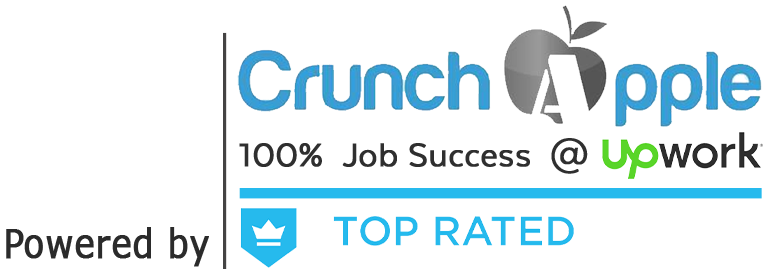Oracle Forms Developer 10g: Build Internet Applications Content Details
Oracle Developer 2000(D2K)
Oracle Apps Forms Customization
Oracle Developer 10G Course Contents.
———————————————————
Introducing Oracle Forms Developer and Forms Services
- Grid Computing
- Oracle 10g Products
- Oracle Application Server 10g Architecture
- Benefits and Components of Oracle Developer Suite 10g
- Running a Forms Developer Application
- Working in the Forms Developer Environment
Creating Forms Modules
- Creating a Basic Forms Module
- Creating a Master-Detail Forms Module
- Modifying the Data Block
- Modifying the Layout
Working with Data Blocks and Frames
- Using the Property Palette
- Managing Object Properties
- Creating and Using Visual Attributes
- Controlling the Behavior and Appearance of Data Blocks
- Controlling Frame Properties
- Creating Control Blocks
- Deleting Data Blocks
Working with Input Items
- Creating Text Items
- Controlling the Behavior and Appearance of Text Items
- Creating LOVs
- Defining Editors
- Creating Check Boxes
- Creating List Items
- Creating Radio Groups
Working with Non Input Items
- Creating a Display Item
- Creating an Image Item
- Creating a Push Button
- Creating a Calculated Item
- Creating a Hierarchical Tree Item
- Creating a Bean Area Item
Working with Windows and Canvases
- Overview of Windows and Canvases
- Displaying a Forms Module in Multiple Windows
- Creating a New Window
- Displaying a Forms Module on Multiple Layouts
- Creating a New Content Canvas
- Creating a New Stacked Canvas
- Creating a New Toolbar Canvas
- Creating a New Tab Canvas
Producing Triggers
- Grouping Triggers into Categories
- Defining Trigger Components: Type, Code, and Scope
- Specifying Execution Hierarchy
- Using the PL/SQL Editor
- Writing Trigger Code
- Using Variables and Built-ins
- Using the When-Button-Pressed and When-Window-Closed Triggers
Debugging Triggers
- The Debugging Process
- The Debug Console
- Setting Breakpoints
- Debugging Tips
- Running a Form in Debug Mode
- Stepping through Code
Adding Functionality to Items
- Coding Item Interaction Triggers
- Defining Functionality for Check Boxes
- Changing List Items at Run Time
- Displaying LOVs from Buttons
- Populating Image Items
- Populating and Displaying Hierarchical Trees
- Interacting with JavaBeans
Run-Time Messages and Alerts
- Built-ins and Handling Errors
- Controlling System Messages
- The FORM_TRIGGER_FAILURE Exception
- Using Triggers to Intercept System Messages
- Creating and Controlling Alerts
- Handling Server Errors
Query Triggers
- SELECT Statements Issued During Query Processing
- WHERE and ORDER BY Clauses and the ONETIME_WHERE Property
- Writing Query Triggers
- Query Array Processing
- Coding Triggers for Enter-Query Mode
- Overriding Default Query Processing
- Obtaining Query Information at Run Time
Validation\
- Validation Process
- Controlling Validation Using Properties
- Controlling Validation Using Triggers
- Performing Client-Side Validation with PJCs
- Tracking Validation Status
- Using Built-ins to Control When Validation Occurs
Navigation
- Navigation Overview
- Understanding Internal Navigation
- Using Object Properties to Control Navigation
- Writing Navigation Triggers: When-New–Instance, Pre- and Post- Triggers
- The Navigation Trap
- Using Navigation Built-ins in Triggers
Transaction Processing
- The Commit Sequence of Events
- Characteristics and Common Uses of Commit Triggers
- Testing the Results of Trigger DML
- DML Statements Issued During Commit Processing
- Overriding Default Transaction Processing
- Running Against Data Sources Other Than Oracle
- Getting and Setting the Commit Status
- Implementing Array DML
Writing Flexible Code
- What Is Flexible Code?
- Using System Variables for Flexible Coding
- Using Built-in Subprograms for Flexible Coding
- Referencing Objects by Internal ID
- Referencing Items Indirectly
Sharing Objects and Code
- Working with Object Libraries
- Working with SmartClasses
- Reusing PL/SQL
- Working with PL/SQL Libraries
Using WebUtil to Interact with the Client
- Benefits of WebUtil
- Integrating WebUtil into a Form
- Interacting with the Client`
Introducing Multiple Form Applications
- Multiple Form Applications Overview
- Starting Another Forms Module
- Defining Multiple Form Functionality
- Sharing Data Among Modules



I hope you can help me. In March of this year (2012), I purchased the Ebook: Oracle Forms Developer 10g: Build Internet Applications
(Oracle Forms Developer 10g : Build Internet Applications. MBS Direct, 2006. p. i).
I was unable to attend the next two terms, but have signed up for this course once again in October. The online college I am attending required the 2006 version of the textbook in March, but for October, they are requiring the 2010 version.
I need to know exactly what has changed between the two versions so that I can determine whether or not I can use the 2006 version. Thank you for your help.
Linda Katsaros
As for as Product version is same, there is no need to go for 2010.
There’ll me miner changes, which you can tackle very easily.